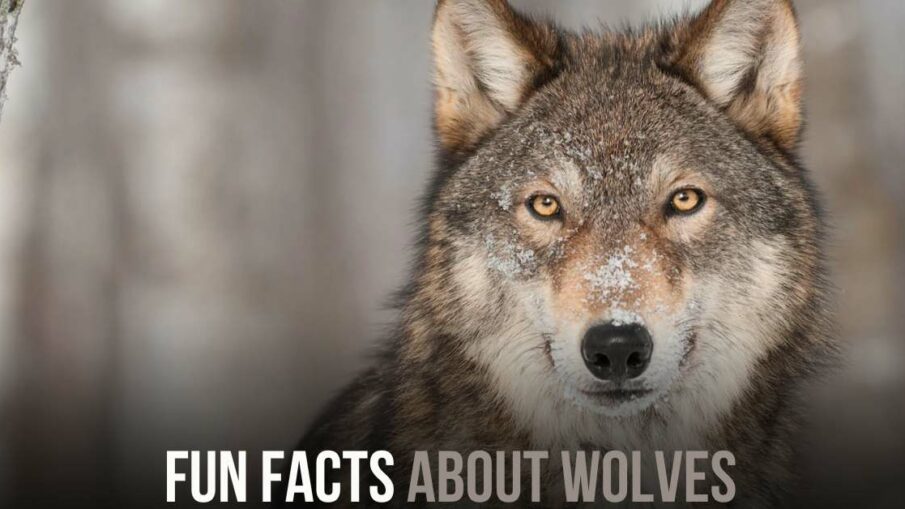Wolves, often shrouded in myths and portrayed as fearsome creatures, have endured centuries of misunderstanding.
These magnificent animals are not just symbols of the wild but also showcase remarkable intelligence, social bonds, and intriguing behaviors. In honor of International Wolf Day, celebrated each year on August 13, let’s unravel some captivating and lesser-known facts about the world’s most majestic land predator.
1. Wolves: The Eternal Romantics
Wolves, it seems, have a deep sense of commitment. Once a wolf finds a mate, they often remain together for life. It’s a tale of true love in the wild, with the alpha male and female typically being the exclusive breeders, while the rest of the pack pitches in to raise and protect the young.
2. The Ultimate Sacrifice
Wolves are not just bound by affection; their social bonds are incredibly strong. They’ve been known to make the ultimate sacrifice, risking their lives to ensure the survival of the pack or family unit. Move over, Romeo and Juliet—wolves redefine devotion.
3. The Haunting Howl
The hauntingly beautiful howl of the gray wolf is perhaps their most iconic trait. It serves as a primary means of communication, facilitating interactions between lone wolves and their packs, as well as between different wolf packs. When it comes to territorial disputes, inter-pack howling determines the strength and size of each pack and often dictates whether they’ll engage in conflict or retreat.
4. Wolves: Speed and Stamina
Female wolves typically measure between 4.5 to 6 feet from nose to tail, while males can reach up to 6.5 feet in length. These dimensions allow them to sprint at speeds of 36 to 38 miles per hour for short distances, though they usually maintain a more leisurely pace of about 5 mph when not in pursuit.
5. Endurance Hunters
Wolves might not be the fastest top predators (cheetahs can reach speeds of up to 75 mph in short bursts), but they are marathon endurance hunters. They’ll track their prey for hours, often into the night, relying on their high intelligence, acute senses of hearing and smell, to secure their next meal.
6. The Voracious Appetite
Ever heard the phrase “wolf it down”? Wolves can consume massive amounts of food, devouring as much as 9 kilograms in one sitting. The alpha male takes the first bite, consuming the lion’s share, followed by other pack members and scavengers. While this trait has contributed to their notoriety, it’s actually a survival tactic, as they can go days between meals.
7. Impressive Paw Prints
If you’ve ever seen a wolf’s paw print, you’d understand the eerie fascination. An average wolf’s paw is about the size of an adult human hand, measuring approximately 4 inches wide by 5 inches long.
8. Territories Measured in Thousands of Square Miles
Imagine a property that stretches across 1,000 square miles. In Canada, Alaska, and other regions, a wolf pack’s territory can extend anywhere from 300 to a staggering 1,000 square miles. Even in more modest territories like Minnesota, they cover 25 to 150 square miles. These highly social animals live, hunt, and play in packs, often journeying over a dozen miles each day.
Conclusion
Once widespread across continents, gray wolves now primarily inhabit parts of North America, Eurasia, and Canada. Despite their dwindling range, these legendary animals continue to hold mythological status and inspire awe.
Wolves are not just fierce predators; they are also deeply compassionate, intelligent, and integral members of the natural world. As we celebrate International Wolf Day, let’s remember these remarkable creatures and the importance of preserving their habitats for generations to come.


Leave a Reply